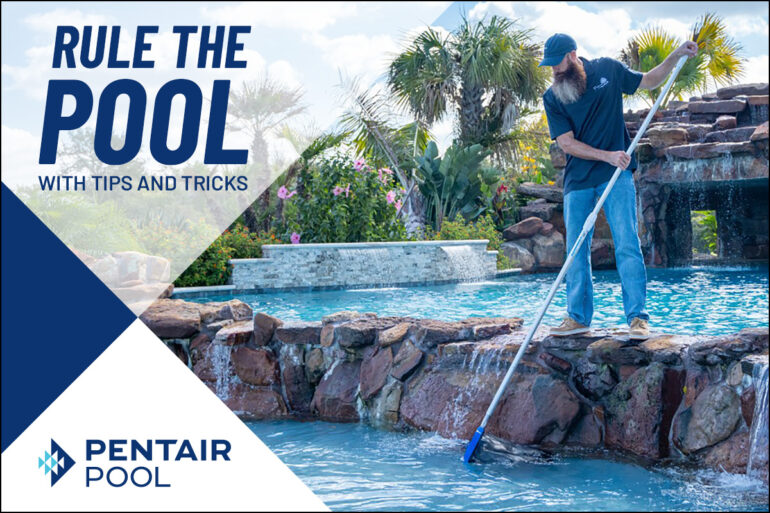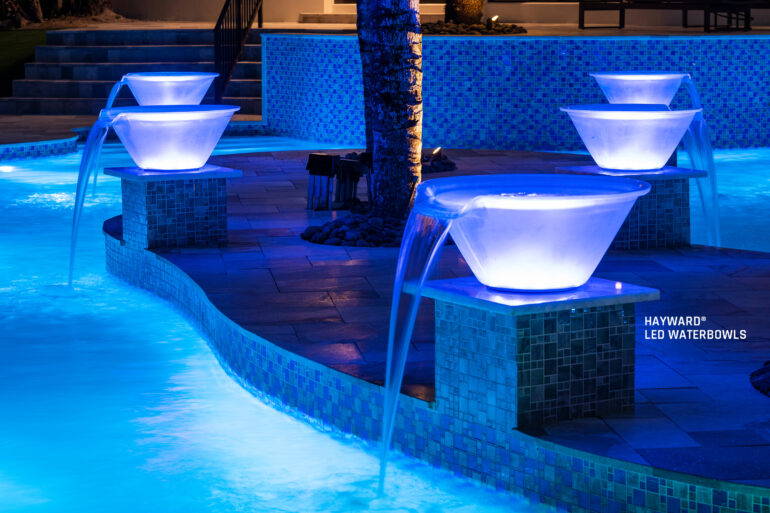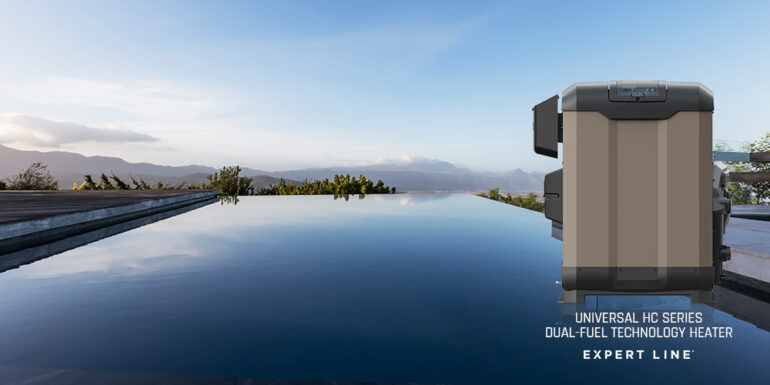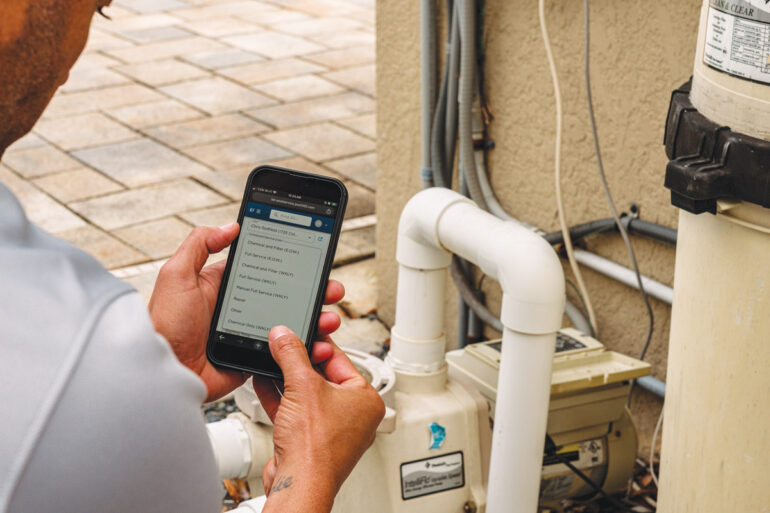Change is Coming

*Sponsored Content*
A Q&A to prepare you for new pool pump energy regulations in 2021.
Part one in a six-part series.
After more than a year and a half of back and forth with the pool industry, the Department of Energy announced in January 2017 its final ruling on the Energy Conservation Standards for Dedicated-Purpose Pool Pumps. This new standard, which will be enforced starting on July 19, 2021, establishes much higher efficiency standards. Approximately 80% of existing single-speed pumps will not meet the new minimum requirements. While the onus is on manufacturers to make sure any new pumps they make meet the demands, pool professionals must know the regulation as it pertains to them in the field. With the help of Pentair, we will make sure you’re prepared a year ahead of DOE enforcement.
Why are pool pumps being regulated?
The Department of Energy was tasked with addressing inefficient pumps of all types in order to minimize national energy consumption, which includes regulating all dedicated purpose pool pumps.
What does this regulation mean for pool pumps?
Pool pumps manufactured for use in and imported into the U.S. after July 19, 2021, must meet new minimum efficiency standards.
Pump testing must comply with specific test procedures and certain information such as WEF (weighted energy factor), THP (total horsepower) and HHP (hydraulic horsepower) must be reported to the DOE.
Pumps, packaging and promotional materials must be labeled with WEF to describe their energy efficiency.
What is a dedicated purpose pool pump?
- Self-priming pool filter pumps (in-ground), non-self-priming pool filter pumps (above-ground)
- Waterfall pumps and pressure-cleaner booster pumps
- Integral sand filter pool pumps and integral cartridge filter pool pumps (used for small inflatable pools)
- Storable (inflatable) and rigid (permanent) electric spa pumps (used for hot tubs)
Are the new minimum efficiency standards the same for all pumps?
No. What we typically call an in-ground pump will be classified as self-priming. Self-priming pumps will be categorized as large and small. Each have different efficiency requirements.
Large in-ground filter pumps (self-priming) — these are typically 1 horsepower and greater. A variable-speed pump is the ONLY pump that will meet the minimum performance requirements based upon today’s current technology.
Small in-ground filter pumps (self-priming) — these are typically .5 horsepower and .75 horsepower. A highly efficient single-speed or two-speed pump should meet the minimum performance requirement.
What we typically call an above-ground pump will now be classified as non-self-priming.
Above-ground filter pumps (non-self-priming) — A specific test will be required to determine a pump’s priming capability. That will dictate how the pump is classified. An energy efficient single-speed or two-speed pump should meet the minimum performance requirement.
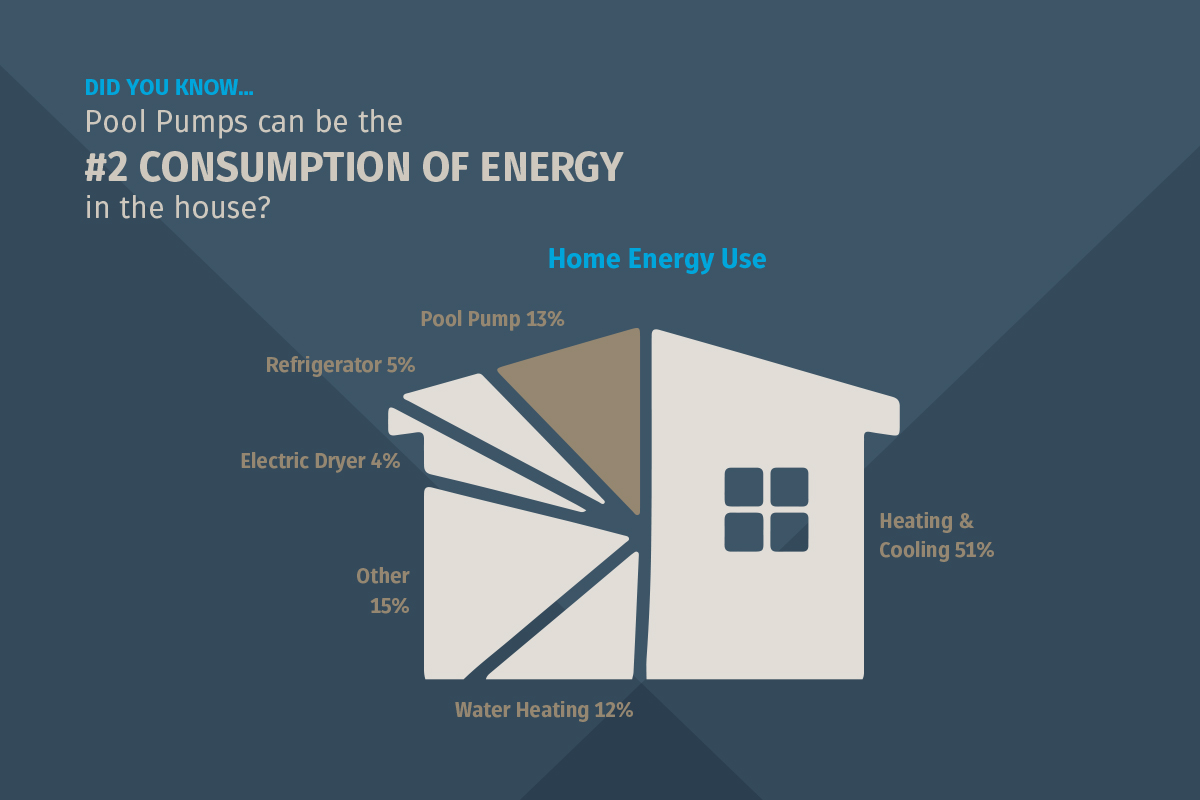 What are the new terms/definitions and labeling requirements?
What are the new terms/definitions and labeling requirements?
WEF (weighted energy factor)
This is a measure of the pump’s energy efficiency — how much water is pumped divided by how much energy it takes — similar to miles per gallon in an automobile. For a pool pump, it’s a measure of how many gallons can be pumped per kilowatt-hour (kWh) of energy consumed. The higher the WEF, the more efficient the pump. Each pump must be labeled with its WEF.
HHP (hydraulic horsepower)
This is the amount of hydraulic power produced by the pump’s wet-end and is directly related to how much flow it can produce under standardized test conditions. HHP is used to determine the size of the pump.
THP (total horsepower) or SFHP (service factor horsepower)
This is determined by the total horsepower created at the motor shaft. Each pump must be labeled with its THP.
How will the changes affect horsepower ratings?
Horsepower ratings will be redefined so that all pumps have a service factor of 1.0, and the horsepower displayed on the pump will be the total horsepower (THP); also referred to as service factor horsepower (SFHP). This new rating methodology will eliminate dual full-rate and uprate labeling.
What products are covered?
All dedicated purpose pool pumps. These include:
- Self-priming filter pump (in-ground)
- Non-self-priming filter pumps (above-ground)
- Pressure-cleaner booster pumps
- Waterfall pumps
- Integrated sand and integrated cartridge filter pumps (for use in small inflatable pools)
- Storable (inflatable) and rigid (permanent) electric spa pumps (for use in hot tubs)
What is the scope of horsepower covered by this regulation?
The scope of this regulation covers pumps less than 2.5 HHP, which is equivalent to the typical 5 horsepower pump. Note that pool pumps greater than 5 horsepower must still be tested and labeled with WEF, but there are no minimum performance requirements.
Does it impact residential and commercial?
Yes, both are impacted. The regulation does not differentiate between a residential or commercial pump. It is based on the pump’s physical attributes and not on the pump application. However, only single-phase pumps less than 2.5 HHP are regulated; 3-Phase pumps are exempt.
Does it apply to replacement motors?
The intent is for it to apply to all motors including replacements, however,
DOE is still finalizing specific rules for pool pump motors.
Will I have to return pumps?
No. Pumps manufactured before July 19, 2021, can be sold.
Do I have to replace the installed base of existing noncompliant pumps?
No. This regulation does not require bringing all existing pumps installed into compliance on July 2021. It simply eliminates inefficient, noncompliant pumps from being manufactured after this date.
If my distributor still has remaining inventory of noncompliant pumps, can I purchase and install these pumps?
Yes. There is no time limit on how long it takes to purge the distribution channels of noncompliant products.
What happens after July 2021 when a customer’s pump fails and requires a new replacement pump or motor?
Assuming the distributor shelves have been purged of the noncompliant products, you will be required to replace with a compliant pump or motor.
Will utility rebates continue?
This is up to each individual utility. Some will likely continue while others may not. Please check local utility websites for availability in your area.
How will this impact current ENERGY STAR certified pumps?
ENERGY STAR version 3.0 will be released July 19, 2021, to coincide with the DOE regulations. This version will raise the bar such that only the most efficient and premium variable speed pumps will qualify.
*This content is sponsored by Pentair



